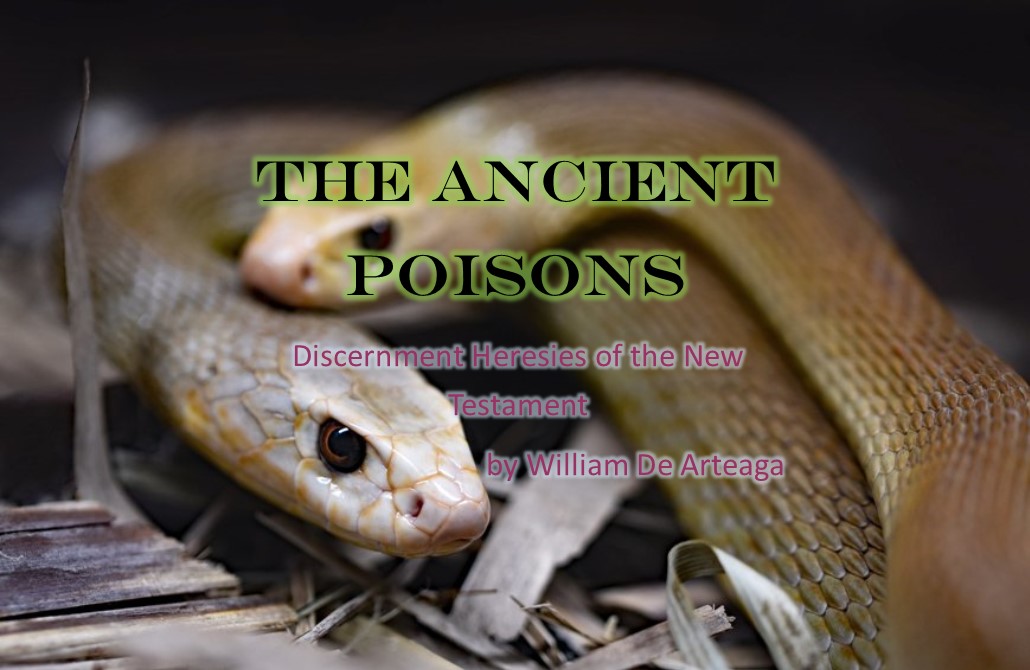The Ancient Poisons: Discernment Heresies of the New Testament
Historian of Revival, William De Arteaga, makes it clear that heresy is an ancient and persistent threat to genuine revival. However, the heresies he examines might surprise you.

This essay asserts that there have been three unrecognized discernment heresies in operation throughout Church history that have retarded revival and hindered the Church from coming into its Spirit-filled destiny. This insight came to me 30 years ago when I was a student at a mainline seminary.
Heresy is an unpleasant topic to write about, but necessary. St. Irenaeus and many other leaders of the Early Church consistently struggled against one heretical group after another. Indeed, the 2nd letter of Peter warned:
But there were also false prophets among the people, just as there will be false teachers among you. They will secretly introduce destructive heresies, even denying the sovereign Lord who bought them—bringing swift destruction on themselves. Many will follow their shameful ways and will bring the way of truth into disrepute (2 Peter 2:1-2).
Jude also encouraged fellow Christian to battle heresy and proclaim true Apostolic teaching: “I felt I had to write and urge you to contend for the faith that was once for all entrusted to the saints” (Jude 1:3). The anti-heretical effort was necessary to establish fundamental biblical truths against distortions from Gnostics (see below) and other groups.
Biblical understanding of Heresy
In the New Testament, the Greek word that is translated as heresy is hairesis, and it simply means groups or “sects.” At times in the New Testament it is used in a neutral sense, as we might mention a certain political party (see Acts 28:22). Josephus, the First Century Jewish historian, uses the word in this sense to identify three major Jewish “sects:” the Pharisees, the Sadducees, and the Essenes. The Pharisees and Sadducees were often mentioned in the Gospels; not so the Essenes. The Essenes lived in ascetic monastic communities awaiting a political-military Messiah. They were not cited in the New Testament and disappeared after the Jewish-Roman war that destroyed the Temple in 70 AD.
In their day, as in ours, the Pharisees, Sadducees, and Gnostics embraced heresies of flawed discernment.
Category: Church History, Winter 2018


